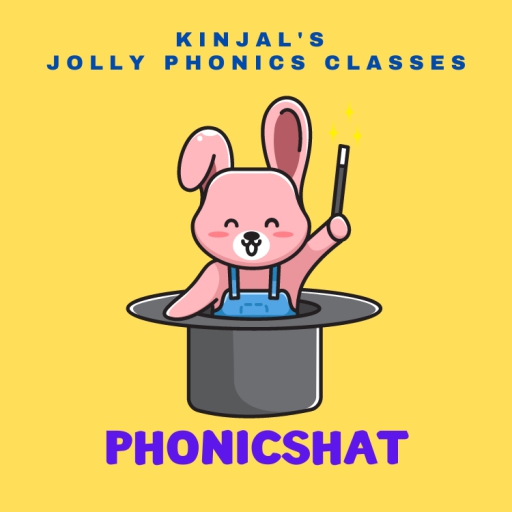Why is phonics for kids necessary?
Why is phonics for kids necessary?
Answer : Phonics is a systematic and synthetic method of teaching English writing and reading skills to children from the beginning of their elementary school. It makes use of the 42 letters in the English language to develop children’s literacy. Mostly, they are toddlers Age, when they should ideally start with Phonetics Course.
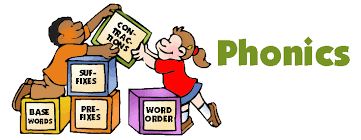
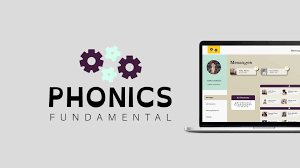
Is Jolly Phonics for Children of Nursery to Senior KG and How exactly is it used for reading words?
The next stage is teaching kids to blend these letter sounds together so they can read simple, short words, such as c-a-t, cat. This is done using familiar ideas that children can relate to, such as the names of things they know and love (trucks, tigers).
Send Inquiry to Know More

Integrity

Execllence

Innovation

Collaboration
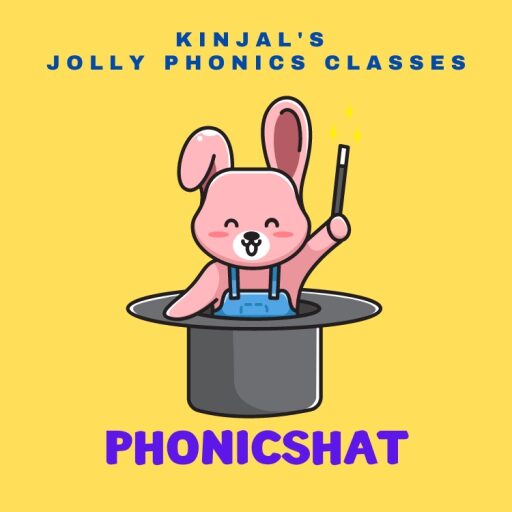
Teaching the Letters and Sounds
When children begin phonics, they are taught to distinguish the distinct sounds that are spoken in words. This is referred to as Phonological Awareness, and is an essential component for reading.
The next stage in phonics is to introduce the relationships between letter and sound and are also referred to as phonemes. It is usually taught to children in a structured manner which means that a sound is introduced at a given time and gradually added until they are able to master it.
It is crucial for parents and teachers that they should be patient and understanding with children or children, particularly when they struggle to grasp the letters as well as their sound. Discontent can cause feeling of being unprepared or resistance to work on it and ultimately slow learning.
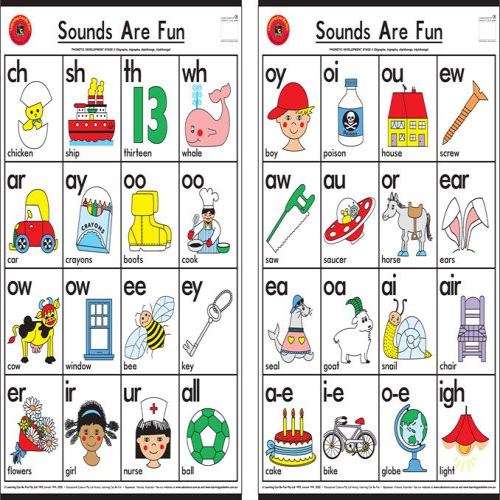
Next, Teaching them the Combinations.
After kids have mastered the letters and their sounds, they need to move on to vowel digraphs (a group of two or more letters that make a single sound, such as igh and eat) and vowel teams (two different ways to spell one sound, such as ie and ye).
Once they have these concepts down, kids will begin to segment words into their individual sounds and then blend these together to read the word – for example, ‘cat’ becomes /k-a-t/. They’ll also start to work on the consonant digraphs ch, sh, th and wh and learn about the soft C and G sounds.
Taking their regular practice is necessary to get better results out of this Jolly Phonics Technique
Children require a lot of repetition and training to master these concepts, which is why playing a variety of activities and games is crucial. Fill-in-the-blanks, word jumbles, and fill- excellent for this, as are spelling and word search games. Phonics Hero games are great for this. Phonics Hero games are great for this as they let kids test each spelling and then decide which one is right for them.
